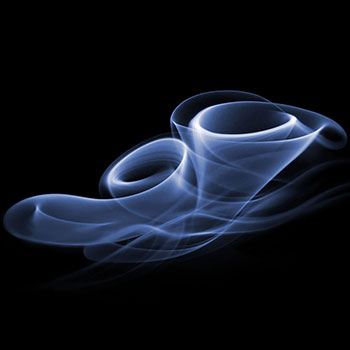Question #d9f07
2 Answers
Explanation:
The reaction depends on the concentration of the alkali solution
When
Explanation:
When pH is very high or of a very basic nature
=
The ionic reaction is
First write the ions formed
Where g = gaseous
aq = aqueous
Cut out the same ions
=
This is how we write ionic reactions
Another reaction can be also formed when pH is low or when its more acidic is of a good strength is
Cut out the same ions


